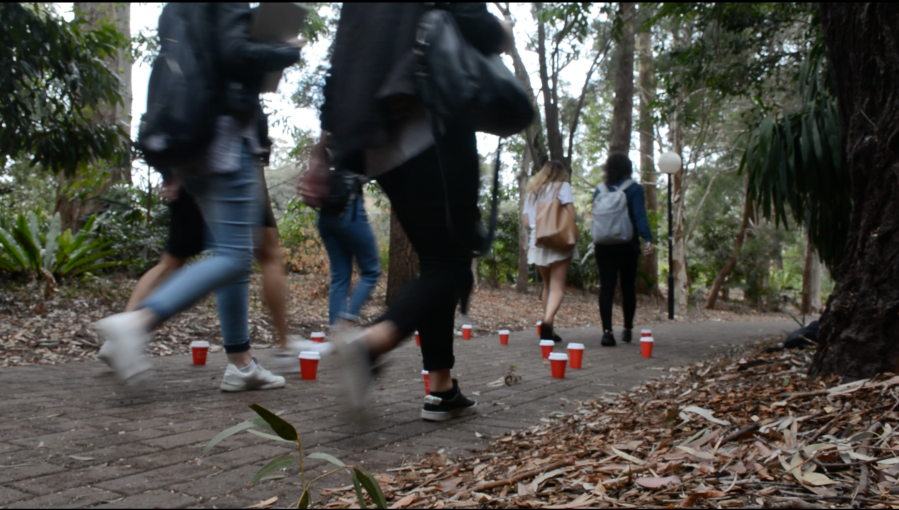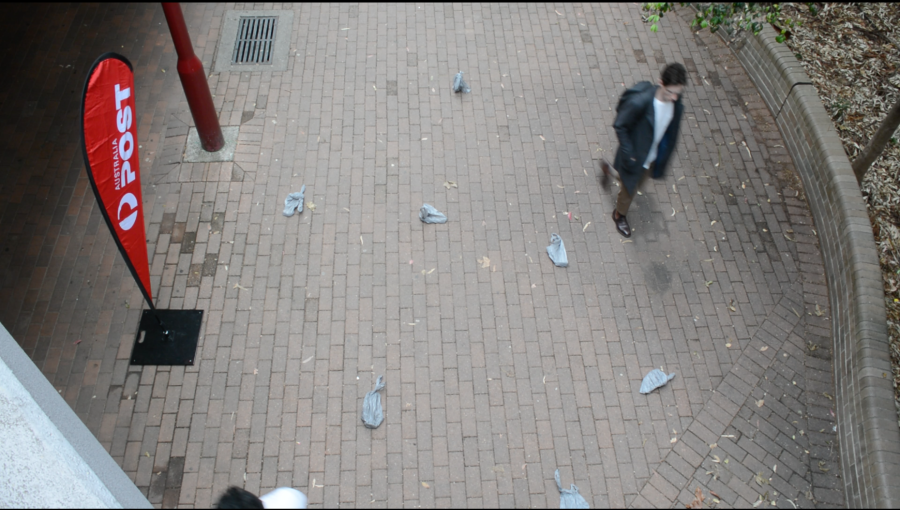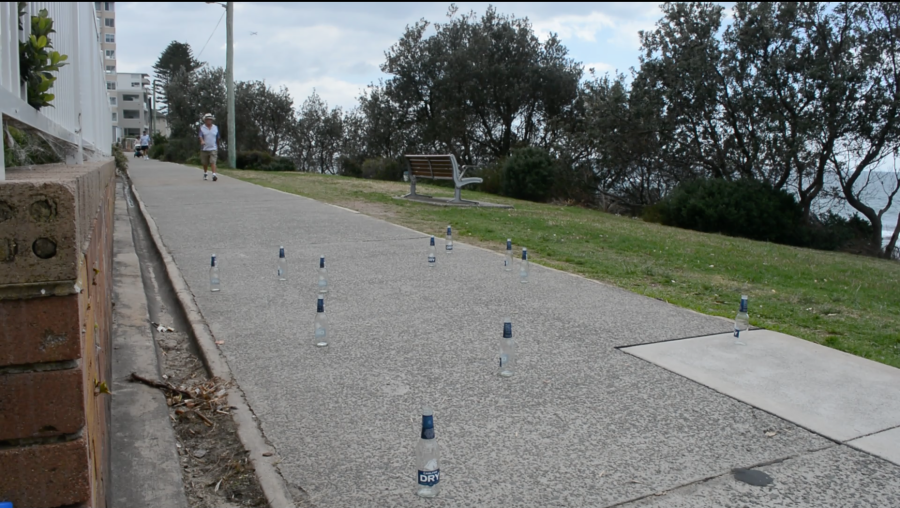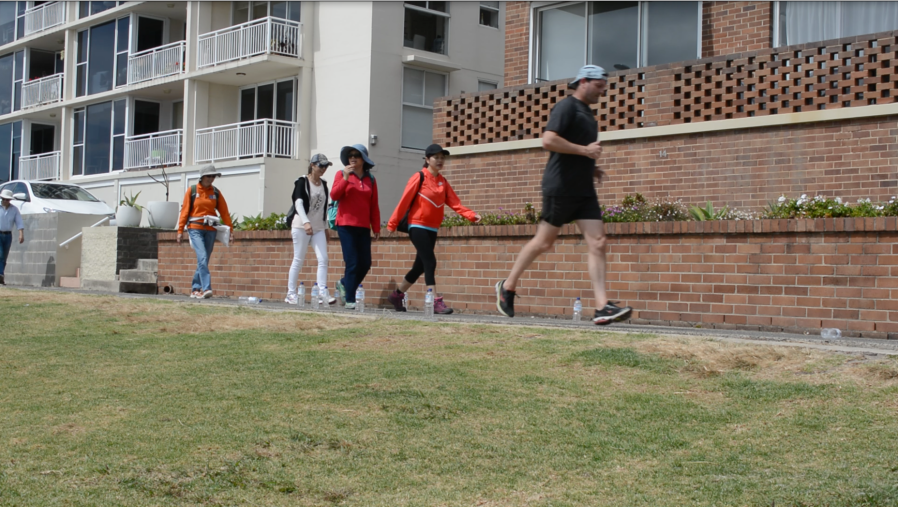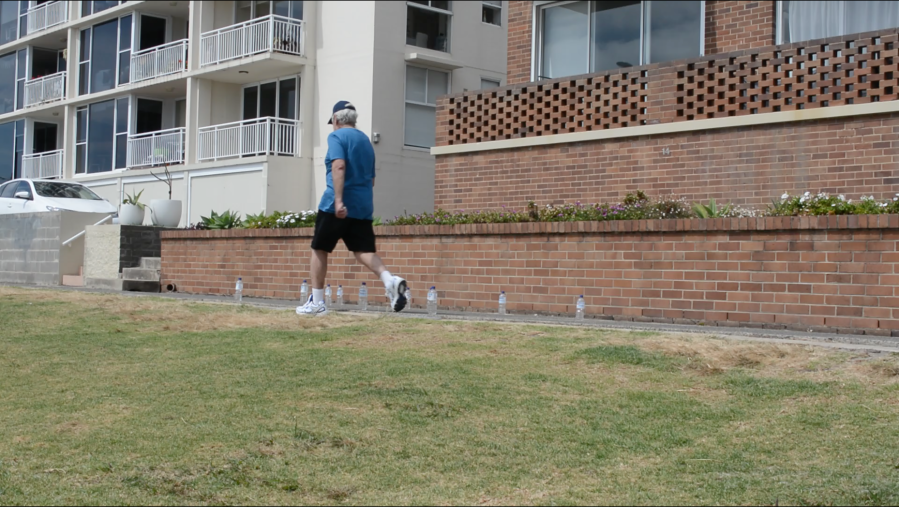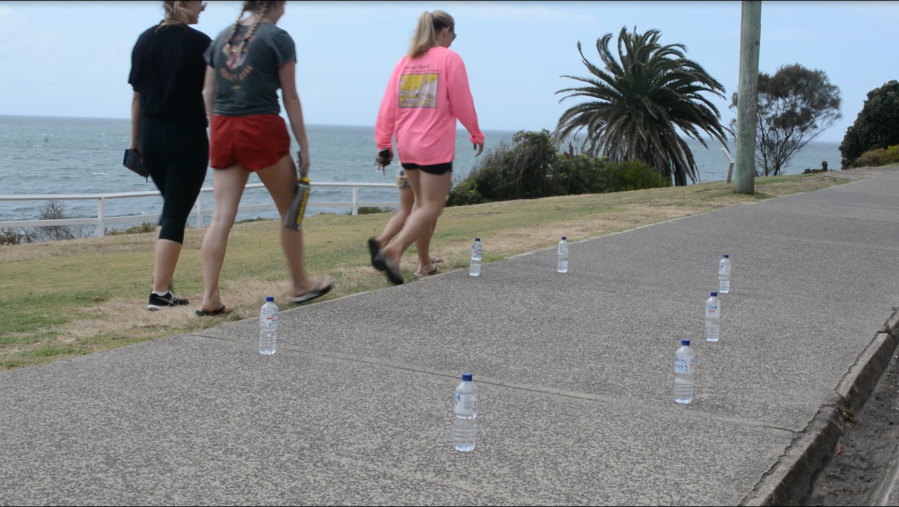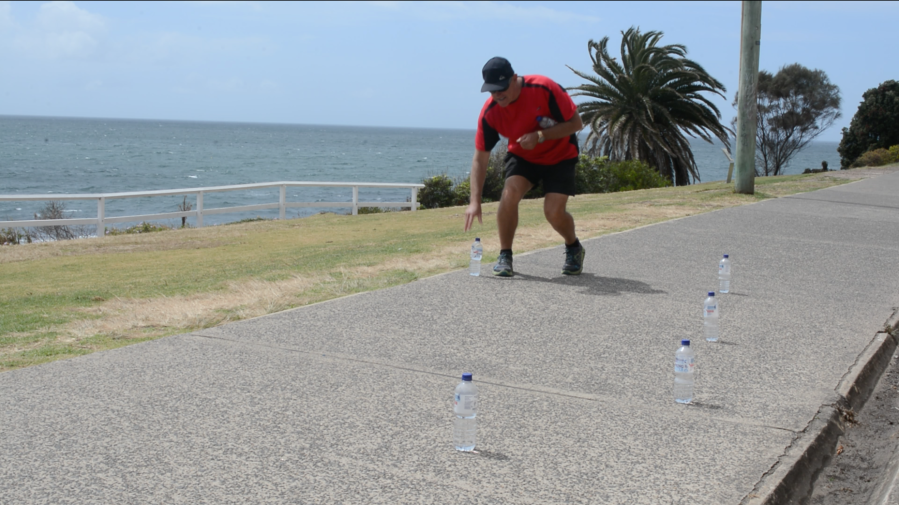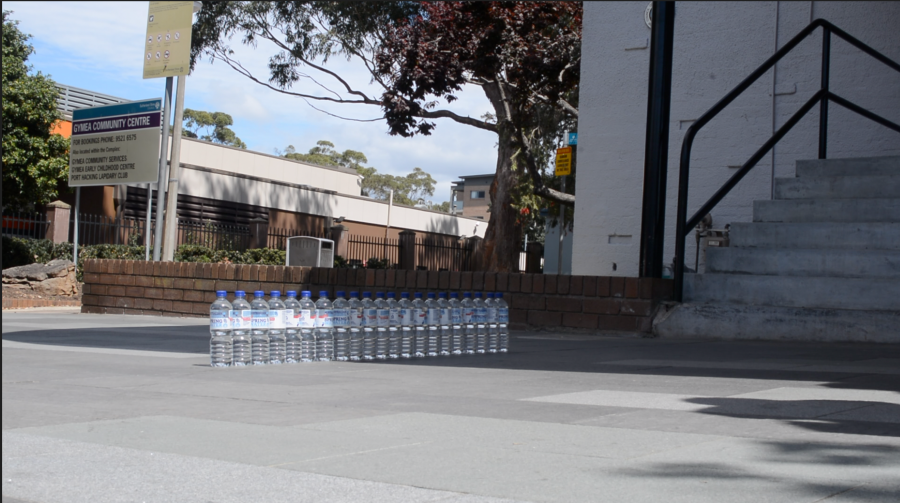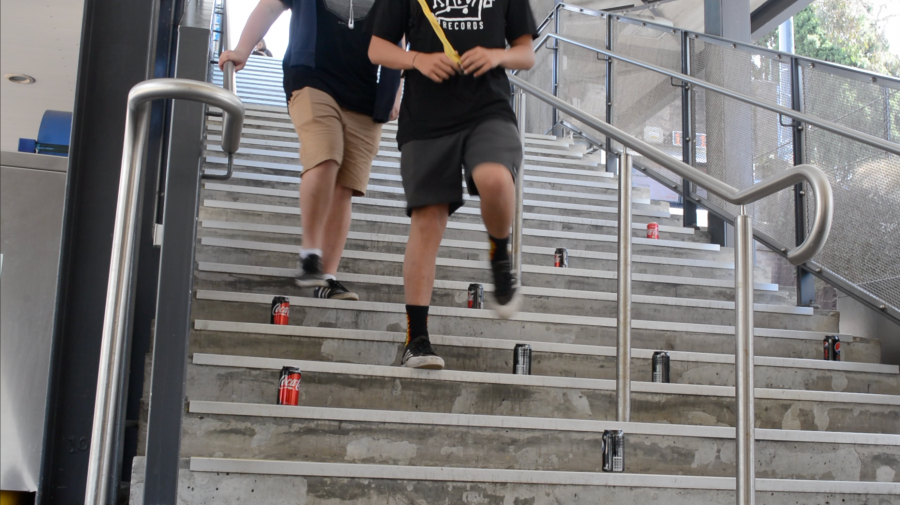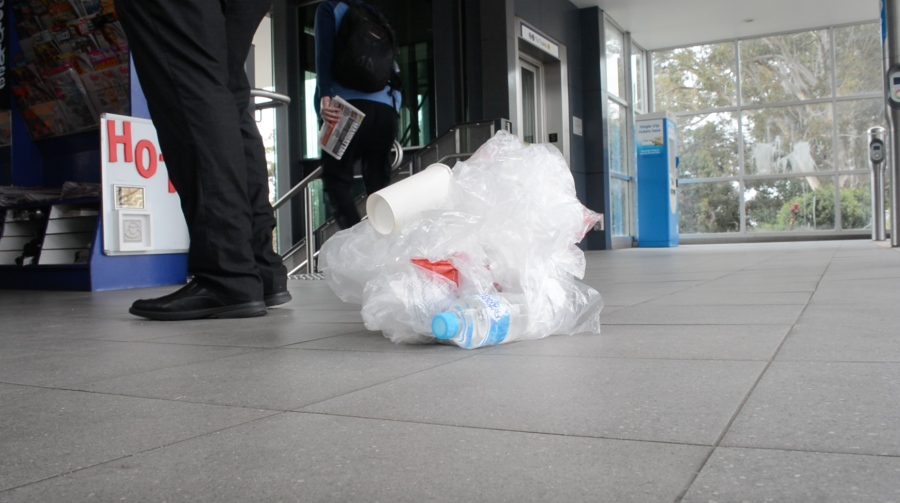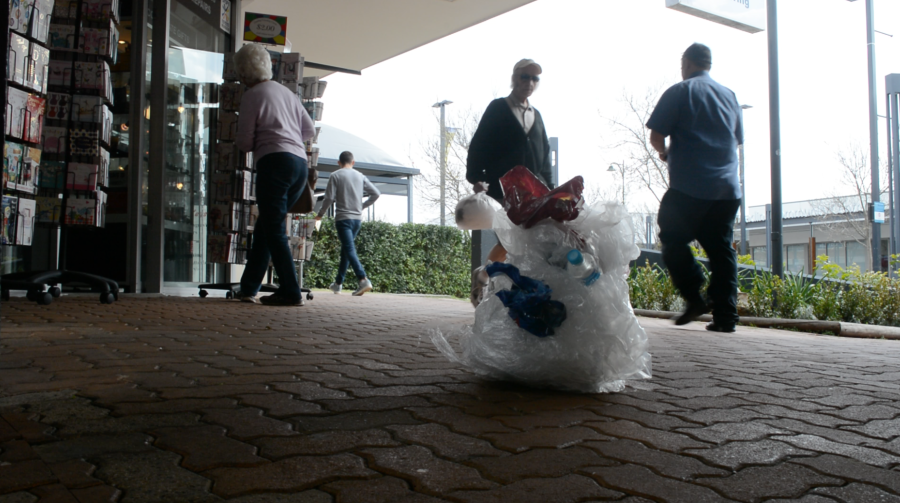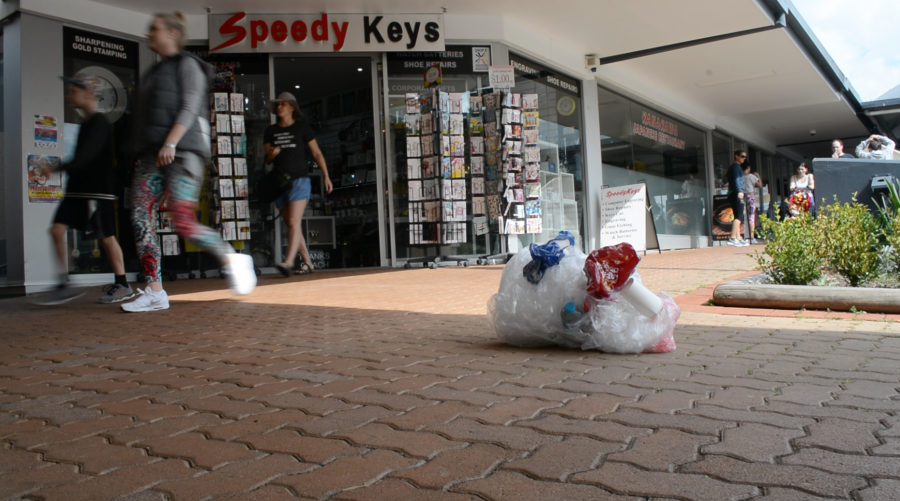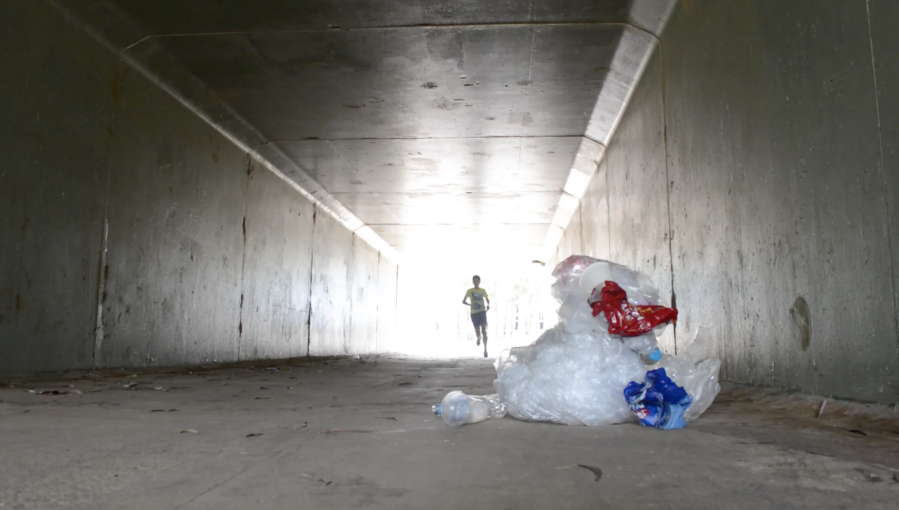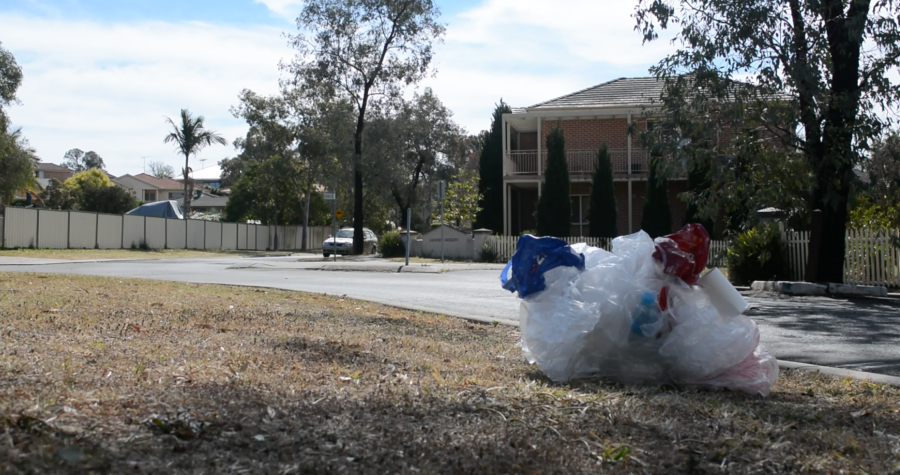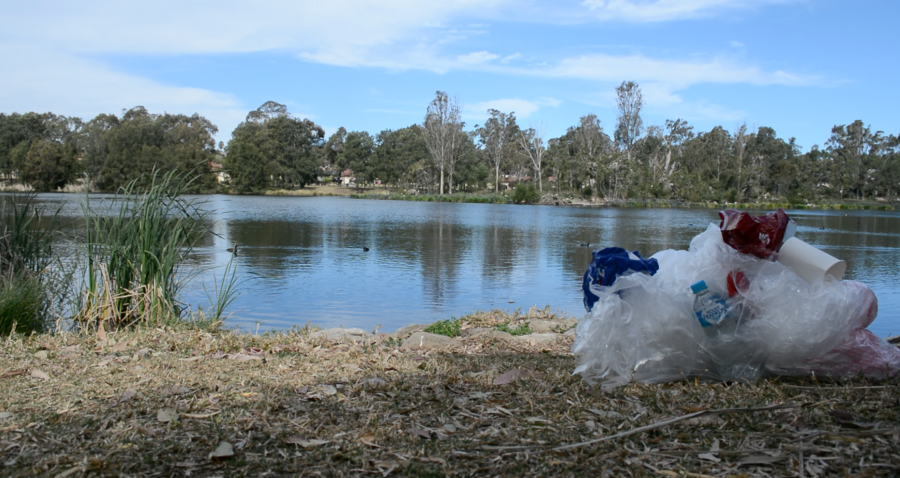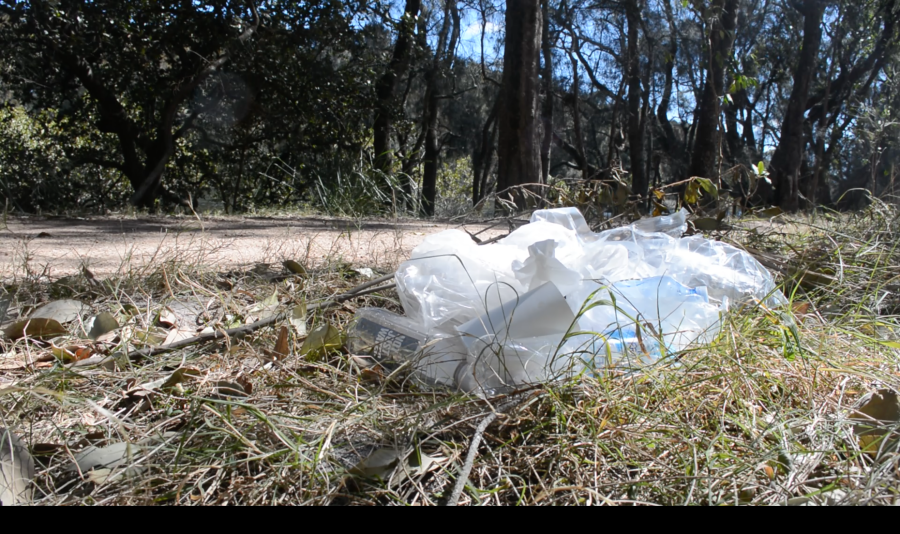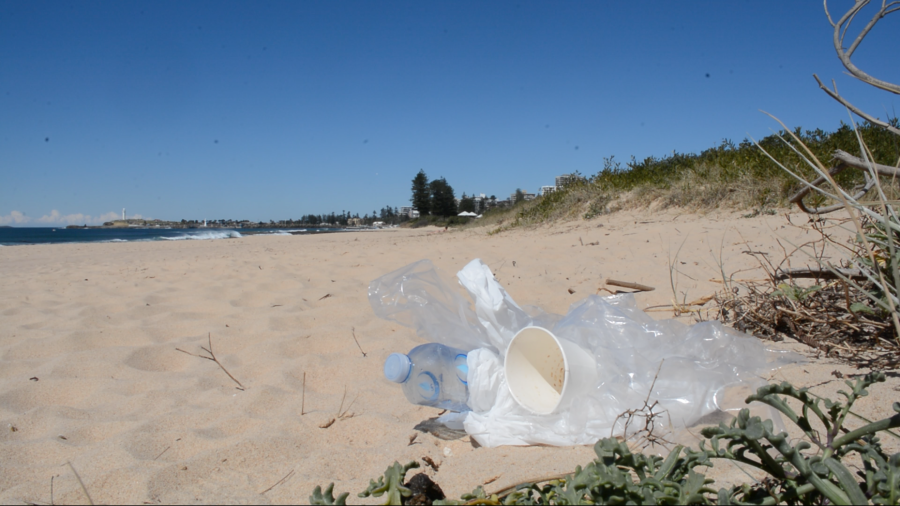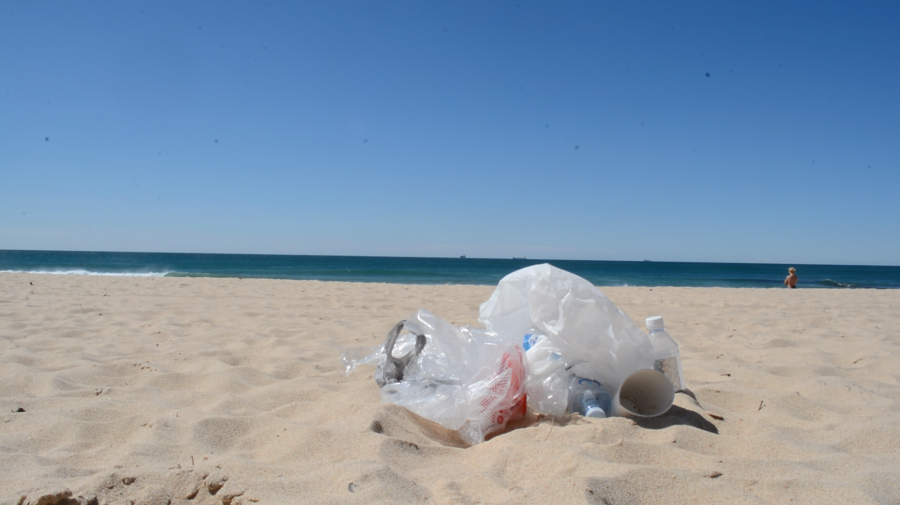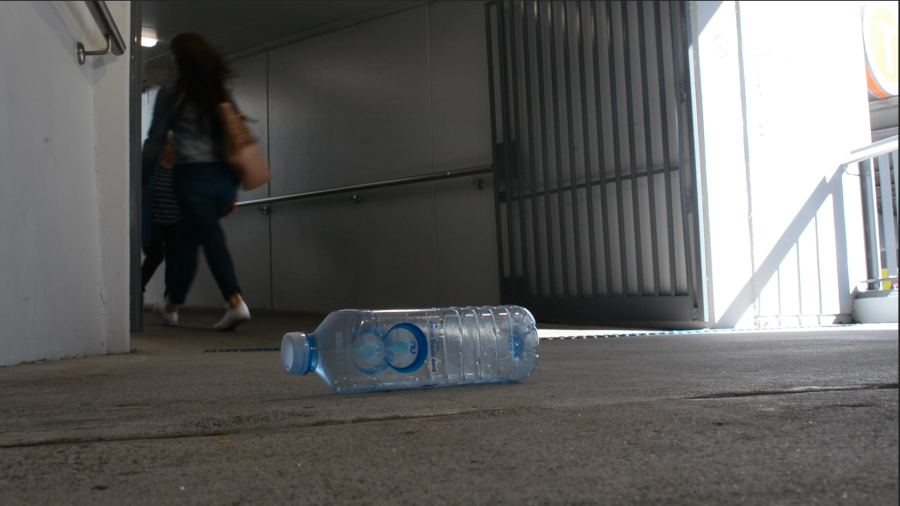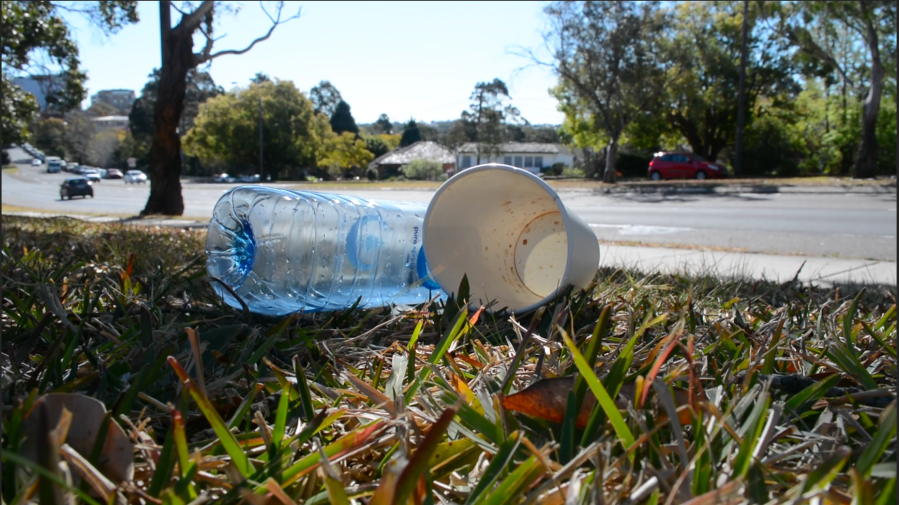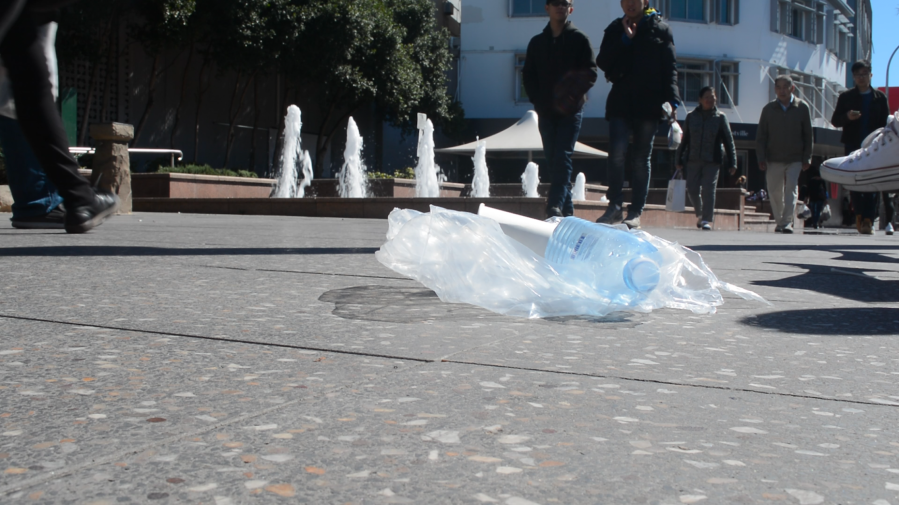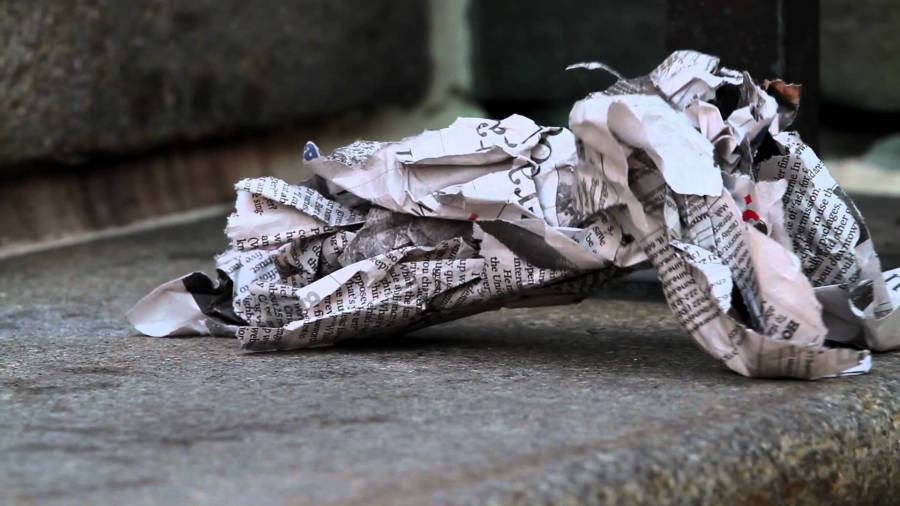Blair and I finally installed our work for marking. We are really happy with how it has turned out and the massive journey we have endured to create what we have. From filming one plastic bottle in the bush, to creating an installation of them on the beach while incorporating sound and confronting statistics as well. Disregarded Debris still has potential to go much further and expand beyond the limits we have explored. Our work projects the effect we want, by being proactive in raising awareness on pollution and debris but also makes the audience realise how much we subconsciously try to avoid it. All of the materials and litter used in our piece was 100% recycled and sort from bins and our own rubbish.
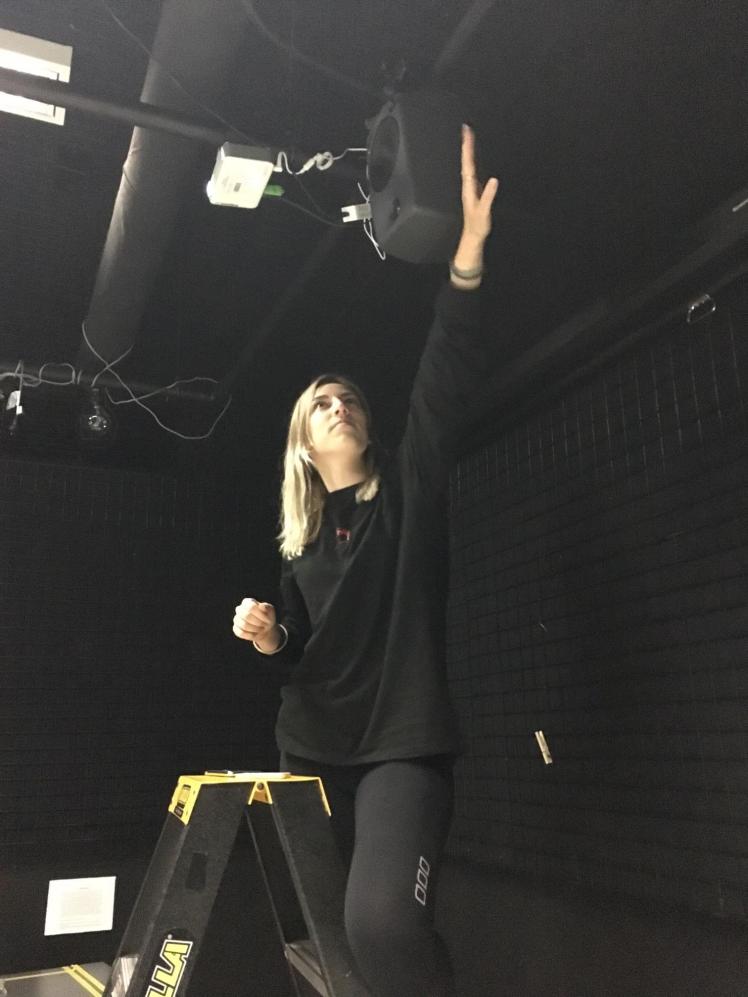
Being so passionate about the environment and cleanliness, Blair and I plan to continue on with this work, by creating much more elaborate rubbish installations that we assume will gain a large audience and hightened attention. We also have the objective to update our tech gear and therefore work more on the quality of our film, which is an important component to master.
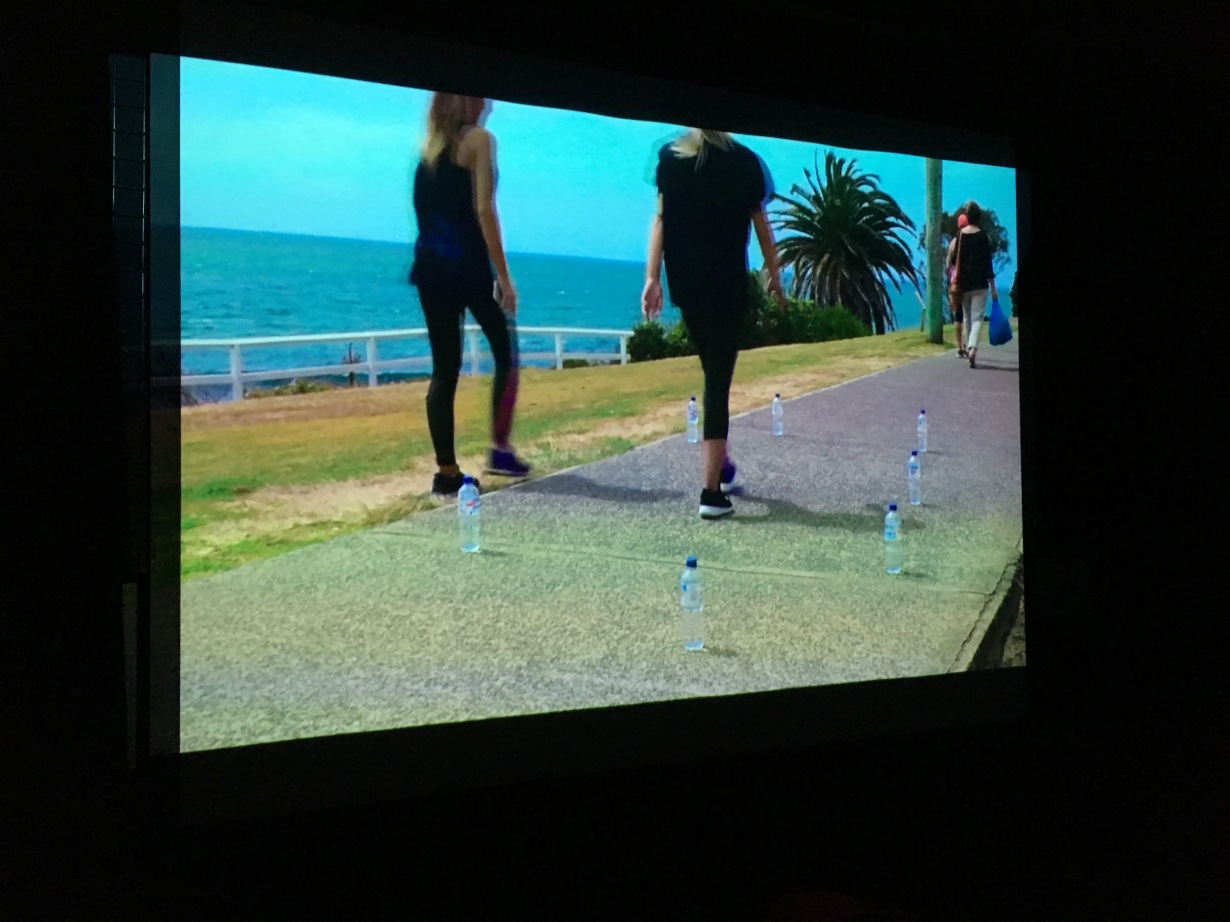
I learned a lot doing this work. In previous years I have attempted to do many works that intended to involve the public, but I never had the confidence to actually complete them. Striving through this with Disregarded Debris I realised that the result of having a finished work was much more beneficial than letting the nerves overtake me.
When it came to actually presenting our work to Matt and Jo, our projector decided that it didn’t want to play our film so we had to project it in the classroom which was unideal after spending hours installing the speaker and projector and putting it in the right position. However, Matt and Jo seemed to be pleased with our work despite the room change and were happy with the massive progress we made during this semester. Disregarded Debris was a success thats Blair and I are proud to be exhibiting it in the Grad Show.

